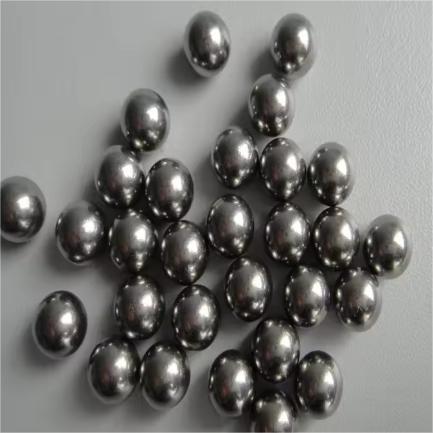Putting Metal Plate Resistors to the Test: A Simple Guide
(How Do You Test A Metal Plate Resistors)
Ever wonder if that little metal plate resistor in your project is actually doing its job? You built something cool, maybe a custom light dimmer or fixed an old radio. But will it work right? Knowing how to check these resistors is key. It saves time. It stops frustration. It makes sure your creation behaves itself.
First, give it a good look. Seriously, just look at it closely. Metal plate resistors are usually sturdy. Check for any obvious damage. Look for cracks in the coating. See any dark burn marks? That’s bad news. Notice any strange discoloration? Not good. Are the metal end caps loose? That’s a problem. Bent leads are another red flag. Physical damage often means the resistor is toast. Don’t bother testing a damaged one. Just replace it. Your eyes are your first tool.
Next, grab your trusty multimeter. This is your main tool for the job. Make sure the circuit is off. Better yet, take the resistor completely out. Testing it while it’s still soldered in can give wrong readings. Other parts mess with the measurement. Desoldering is best. It takes a minute. It’s worth it.
Set your multimeter to measure resistance (Ohms, Ω). Find the resistor’s stated value. It’s printed on it or listed in a schematic. Touch the multimeter probes firmly to each metal end cap of the resistor. Hold them steady. Watch the reading on the screen.
What do you see? If the number on the multimeter is very close to the resistor’s stated value, you’re golden. A small difference is normal. Resistors have a tolerance rating. It might be 1%, 5%, or 10%. This tells you how much the actual value can differ from the printed value. A 100 Ohm resistor with a 5% tolerance could read anywhere from 95 to 105 Ohms. That’s okay.
Trouble signs? A reading of “0” Ohms means the resistor is shorted inside. It’s broken. It acts just like a piece of wire. A reading of “OL” or “1” (meaning overload) means it’s completely open inside. No current flows at all. It’s like a broken wire. Replace it immediately. Sometimes the reading is way off, but not zero or infinite. Maybe a 100 Ohm resistor shows 500 Ohms. That’s also bad. It’s damaged. Don’t use it.
(How Do You Test A Metal Plate Resistors)
Testing is simple. It takes basic tools. Just a multimeter and your eyes. Doing this quick check prevents headaches later. It confirms the part is good before you rely on it. Next time you’re fixing that vintage amplifier or building a new gadget, test those metal plate resistors first.
Inquiry us
if you want to want to know more, please feel free to contact us. (nanotrun@yahoo.com)


